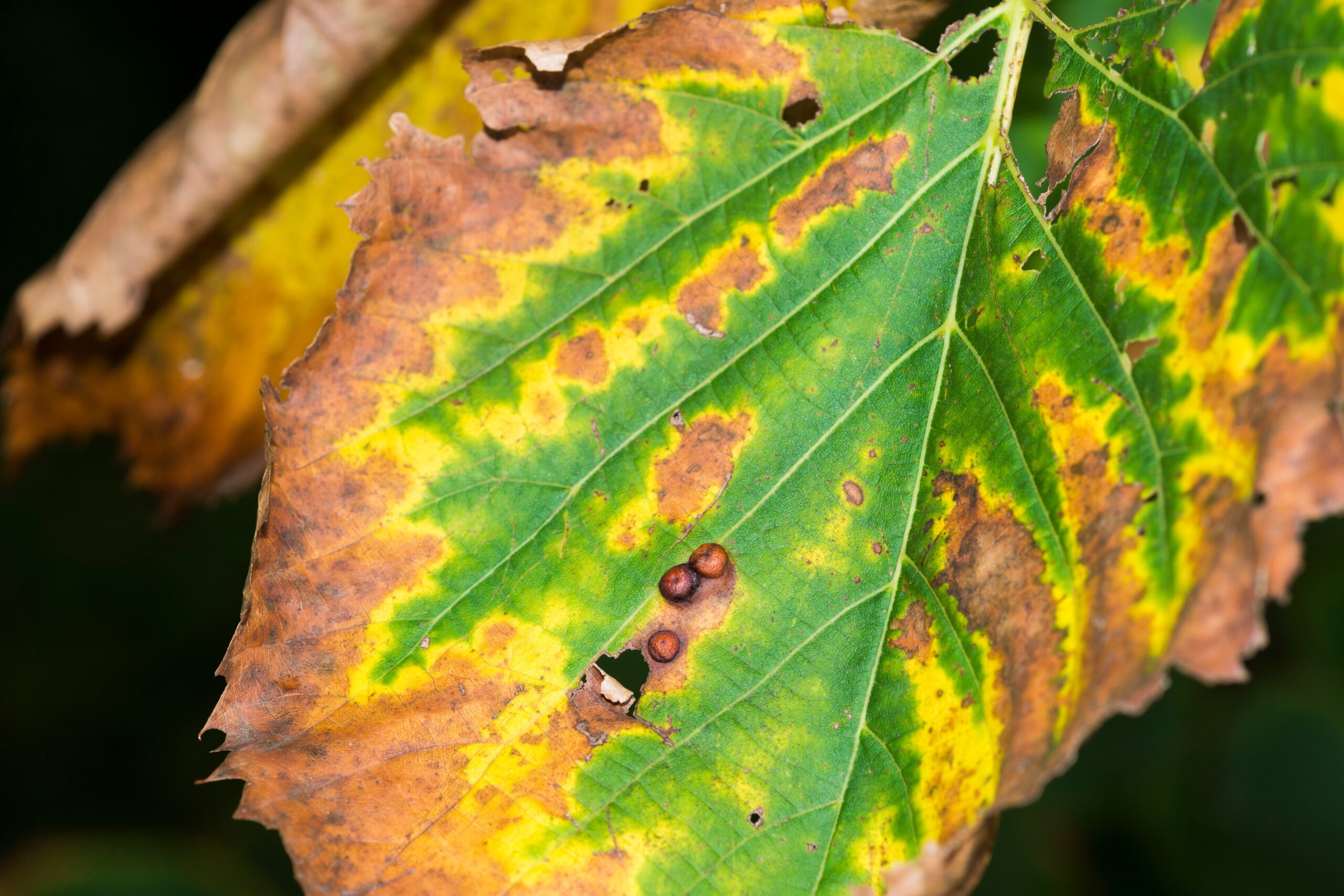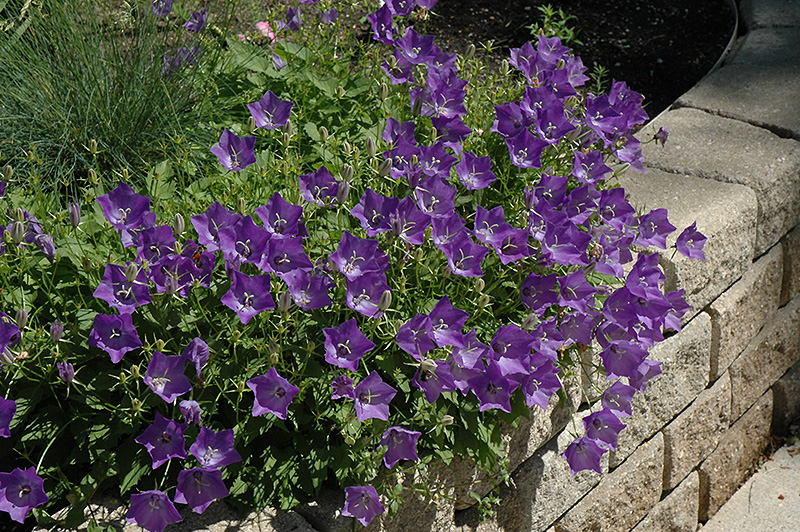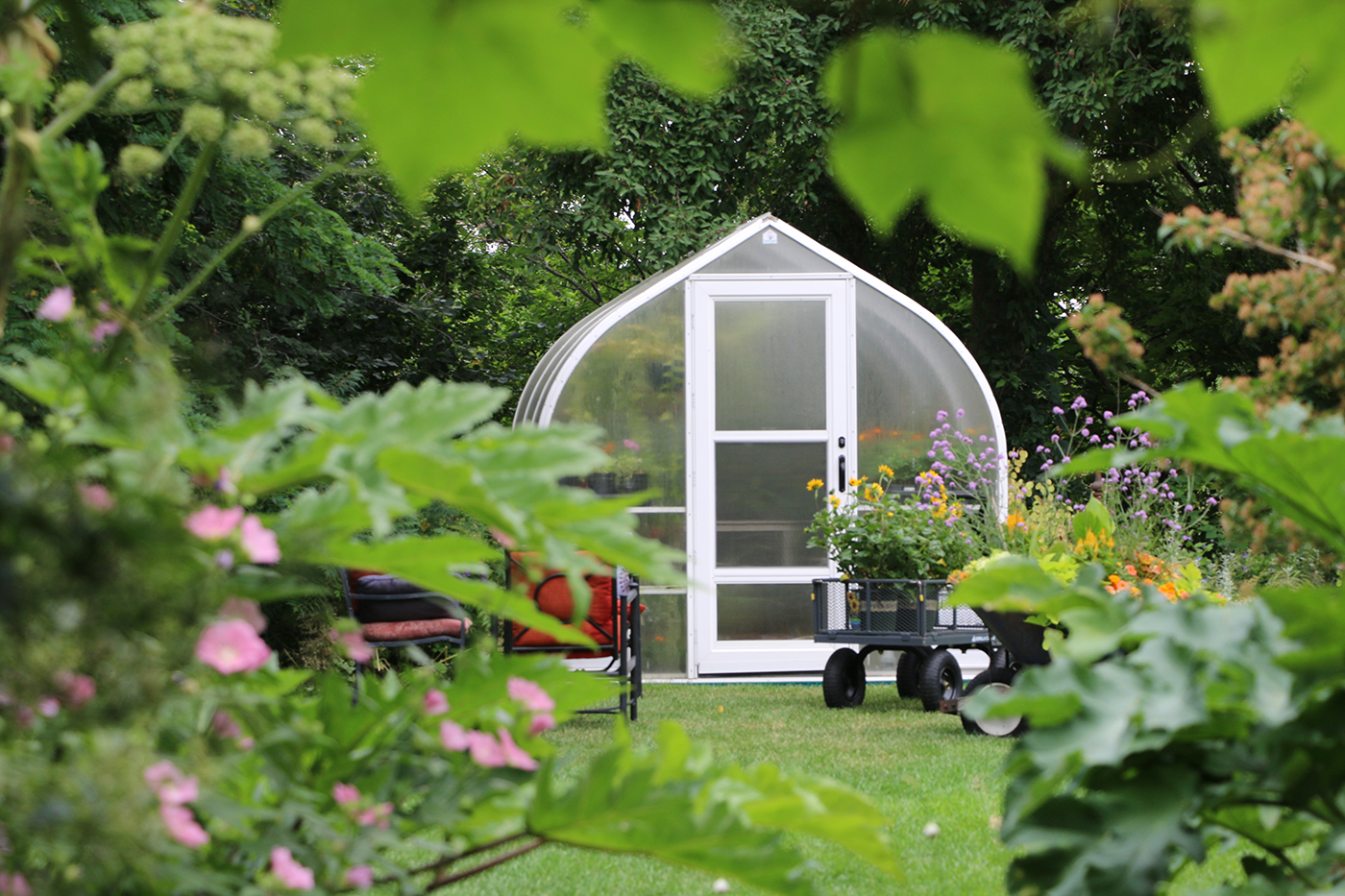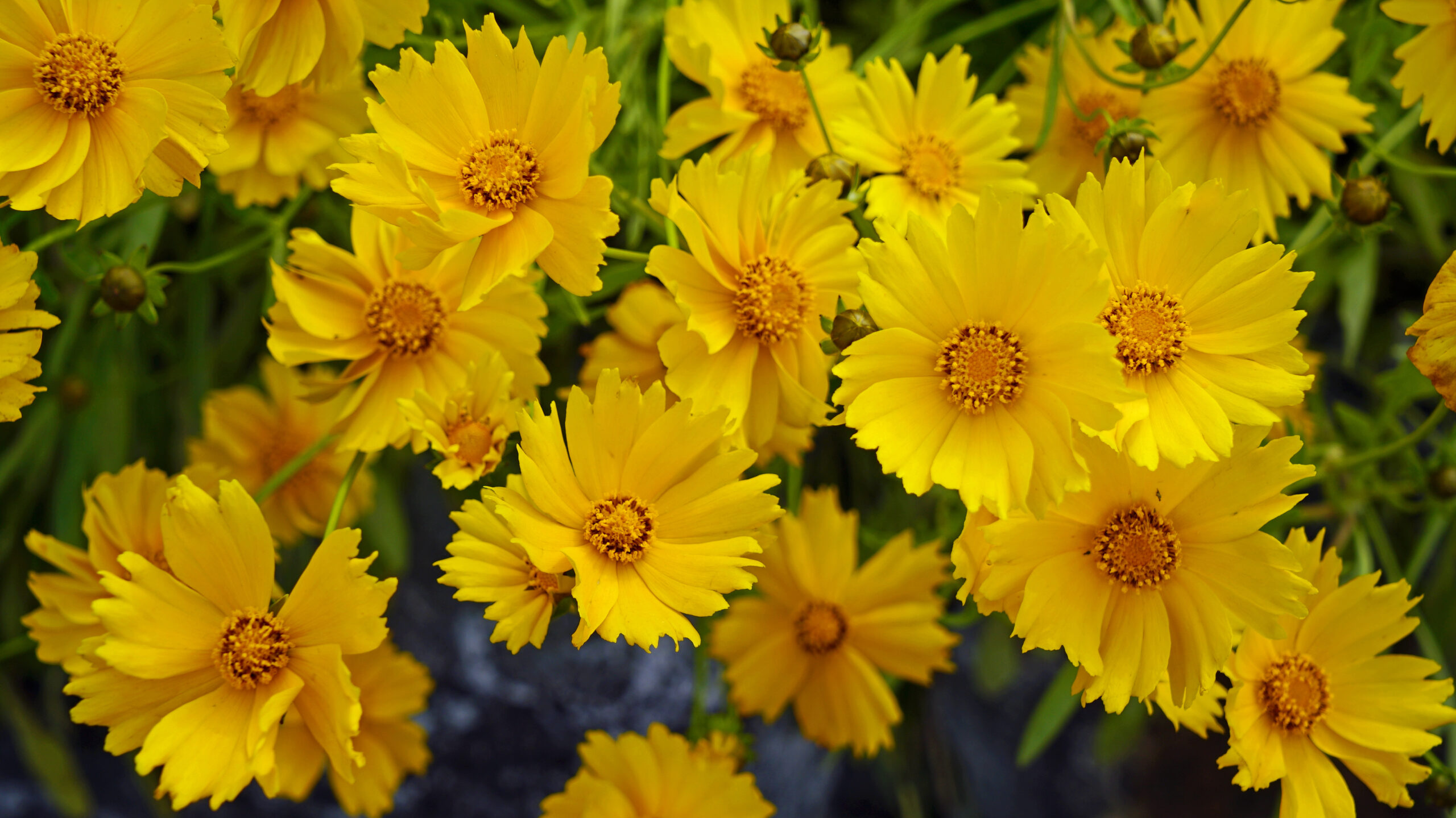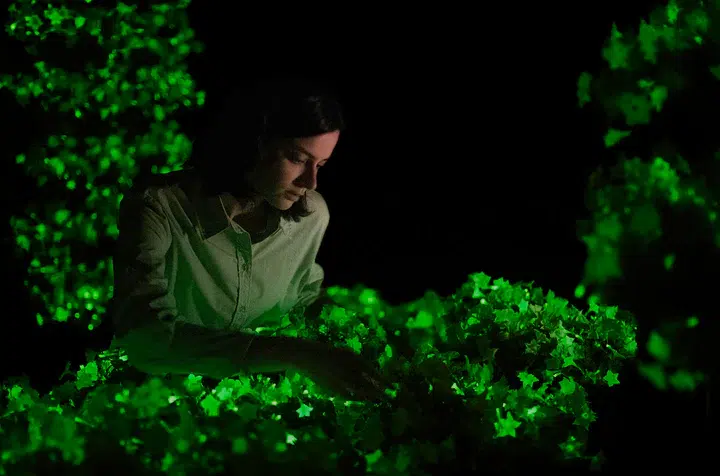Does the picture above look at all familiar? Maybe something you’re noticing on your own trees, shrubs or perennials? Perhaps you’re seeing it on houseplants you’ve set outdoors for the summer or veggies in your garden? If it’s shown up on your plants, join the club! It’s appearing in landscapes all up and down the Front Range.
The condition is called “leaf scorch.” Mother Nature plays a starring role in the appearance of dried tissue on the tips or margins of leaves, or with small dark spots on or between the veins on plants’ leaves. It’s not infectious from one plant to another, but plants facing similar environmental challenges can all show signs of leaf stress at the same time.
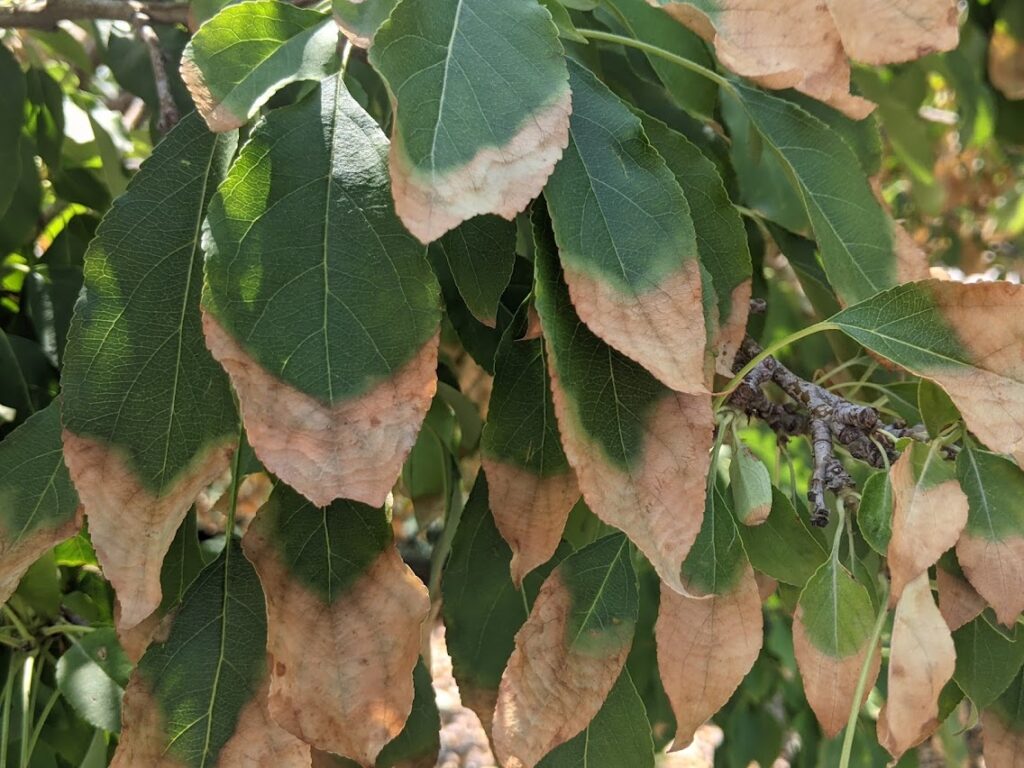
Leaf scorch happens when a plant’s root system can’t supply enough water to keep the foliage hydrated. The leaf tissue farthest from the roots is the first to suffer. It dries out and gets crisp starting around the tips or edges of leaves. The damage is irreversible.
Another symptom of scorch can appear as tiny dark spots on leaves. These are signs of a fungal infection that can show up when a plant is stressed by heat, wind and drought.
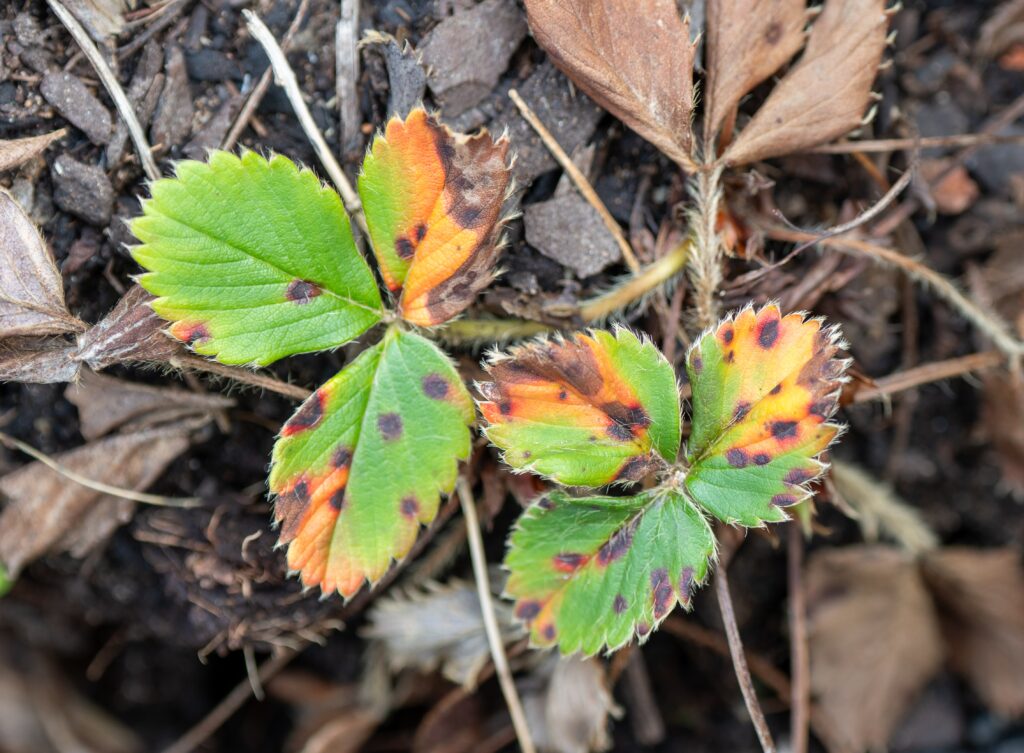
This picture shows early leaf scorch on strawberry plants. You can see the fungal spots and the beginning of dying foliage around the edges of the leaves.
In fairness, Mother Nature is an easy target.
As much as we’d like to blame Mother Nature every time leaf scorch shows up, gardeners can play a role in the condition, too. Let’s take a look at the human-caused factors that contribute to leaf scorch. Keep in mind that in most cases, the causes come down to a root system that’s damaged in some way.
Failure to winter water
Most Front Range trees, shrubs and perennials go dormant in the winter, but they don’t shut down completely. Their root systems still need water to stay healthy. When these plants don’t get enough water during extended dry periods in the fall, winter and spring, the root systems can begin to die. When the heat of summer arrives and the above ground portions of the plant demand a steady supply of moisture, the root system just can’t deliver.

It’s critically important that on mild winter days when the ground isn’t frozen, we hand-deliver the water the root system needs! Whether we drag a hose or carry a few bucketsful of water, the root systems of plants need our help to support the plants the following summer. Winter watering, especially of young trees, shrubs and perennials, can make the difference in a plant’s survival.
Proper watering during the heat of summer
A good gardening mantra to live by during the hot weather months is this: “Water deeply, but infrequently.” Especially in drought-prone climates like the Front Range, the best way to encourage a healthy root system is to give a plant enough water to penetrate to the lowest roots. Once you do that, don’t water again until the top layers of soil have begun to dry out.
Contrary to popular belief, roots don’t go looking for water. They simply thrive in soil where they find it. Deeper root systems survive drought much better than roots that are more shallow and stay higher in the soil because that’s the only place that’s getting water. Those shallow roots will be much more vulnerable to drying out from heat and wind.
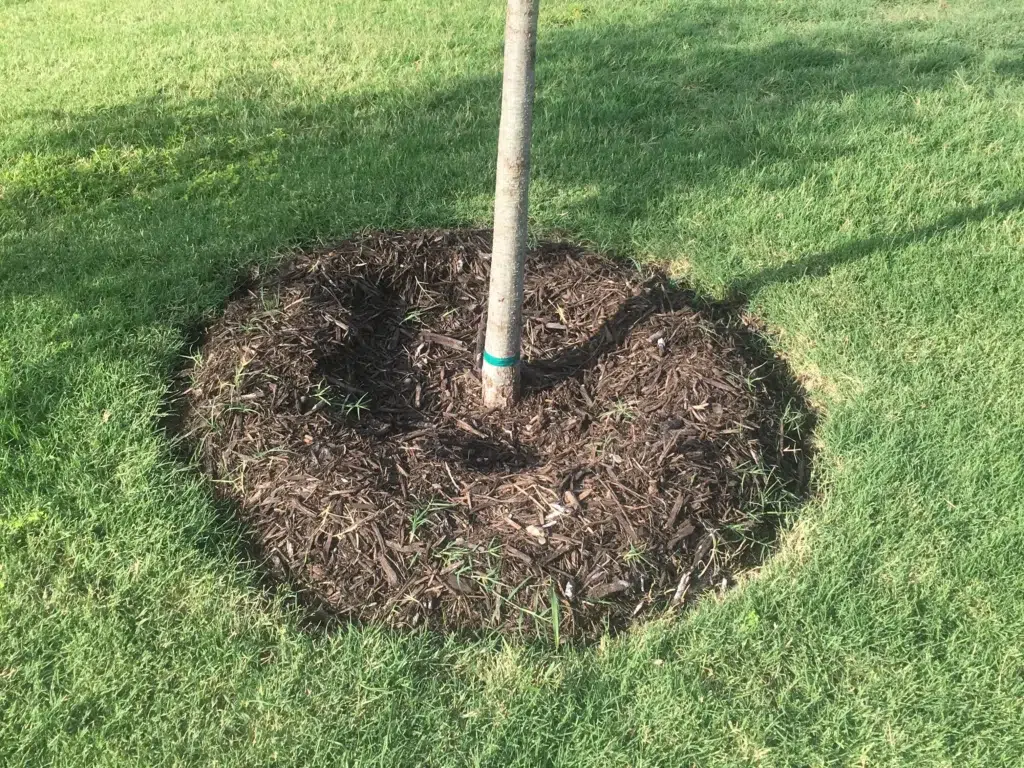
A good layer of mulch over the roots of younger trees, as well as shrubs and perennials, can also help maintain soil moisture, shade the soil and suppress weeds that compete for any available water.
Construction or other root disturbances
It doesn’t take major construction to damage a tree’s root system. Most tree roots in Colorado are in the top 12″ of soil, so digging or trenching in your landscape or compacting soil near trees can easily harm both the anchoring and the feeder roots, making it harder for that root system to do its job.
Too much of a good thing
Too much fertilizer over the roots of trees, shrubs or perennials can chemically burn the roots below. Commercial fertilizers are made up of various forms of salt. Applying more than the package directions call easily damage roots. Also avoid fertilizing stressed plants, unless your plant has been diagnosed as having a nutrient deficiency,
Be careful not to overwater drought-stressed plants showing signs of leaf scorch. Plant roots need air. Too much water risks drowning the root system, which is just as bad, if not worse, than letting it get too dry.
Tagawa Gardens is here to help!
Proper care, consistently deep but less frequent watering during the growing season and monthly winter watering during dry spells… all of those tactics make up the best response when plants struggle with leaf scorch.
Remember you can always bring pictures or tightly-bagged samples to Tagawa’s Garden Advisors for help. We’re here to make your garden the best it can be!
